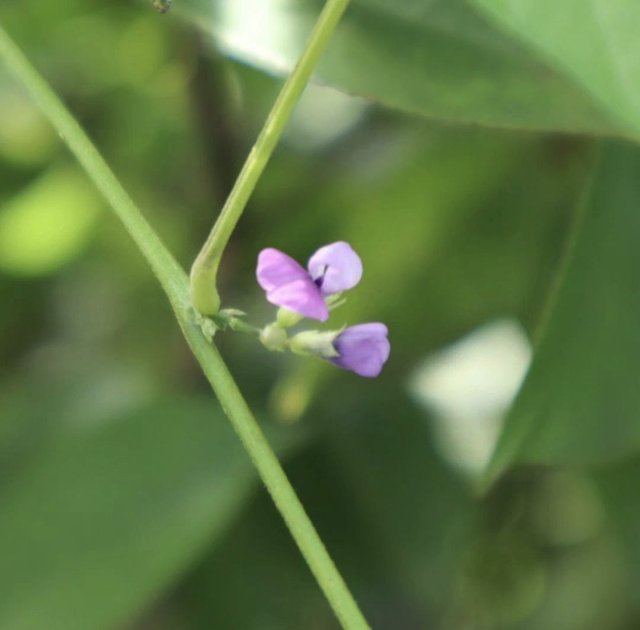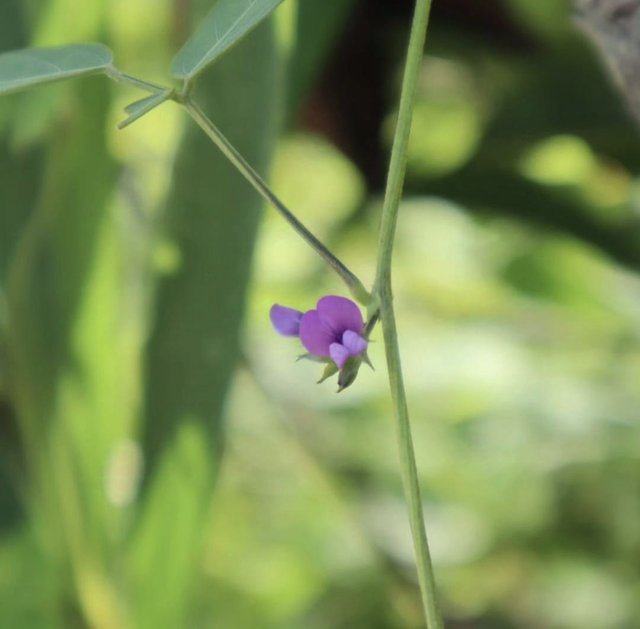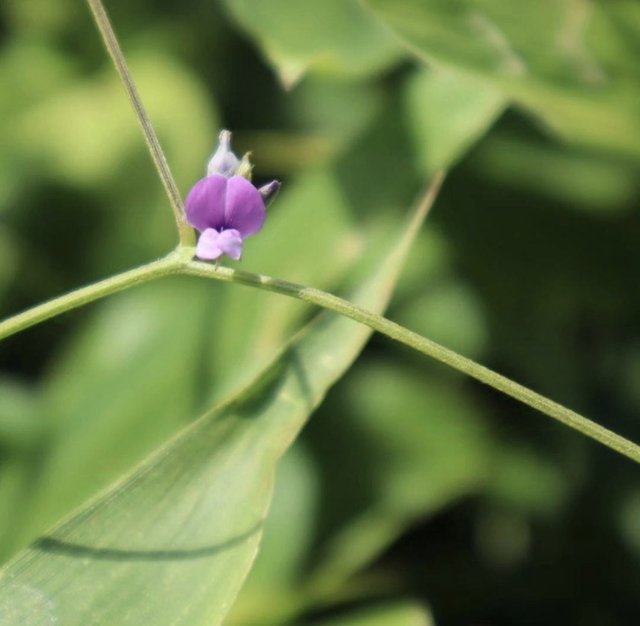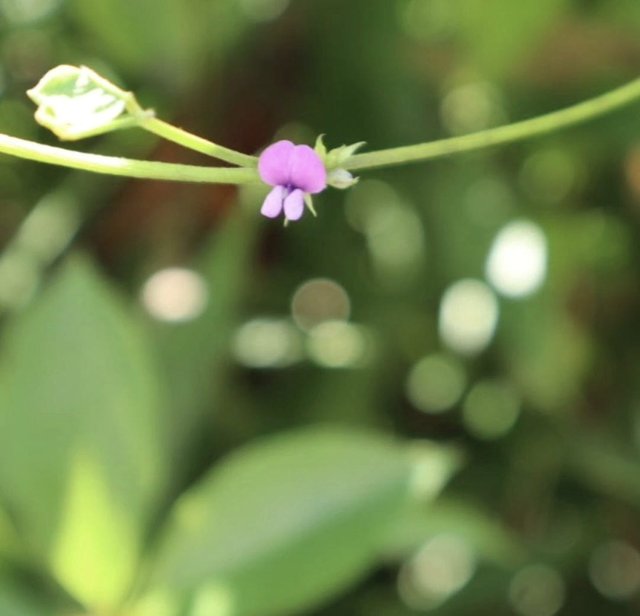Glycine Soja Flower: A Hidden Gem of Nature




The Glycine soja, commonly known as wild soybean, is a fascinating plant species native to East Asia. While most people are familiar with its domesticated relative, Glycine max, the soybean that feeds much of the world, Glycine soja plays an equally important role in ecological and agricultural contexts. One of the most striking features of this wild ancestor is its beautiful and often overlooked flower. Small and delicate, the Glycine soja flower holds a wealth of beauty and biological significance.
Glycine soja flowers are small but elegant, usually about 6 to 7 millimeters in length. They typically grow in clusters, creating a lovely splash of color against the greenery of the vine-like plant. The flowers are purple to pale pink, with some variations depending on the specific strain and growing conditions. These colors help them stand out in the wild, making them easily distinguishable from surrounding vegetation.
Each flower consists of a papilionaceous structure, which is characteristic of legumes. The flower has five petals: the standard (or banner), two wings, and a pair of keel petals. This unique structure is specially adapted for pollination by bees, and it plays a crucial role in ensuring the reproductive success of the plant. The standard petal acts as a landing platform for insects, while the keel petals encase the reproductive organs, ensuring that pollen transfer is efficient.
Glycine soja thrives in diverse environments, from forests to riverbanks and open fields. It is a climbing vine that often sprawls across nearby plants for support, enabling it to reach sunlight in dense vegetation. This adaptability makes it a resilient species, especially in regions prone to environmental stress. The flowering phase usually occurs during the warm summer months, though this varies depending on geographic location.